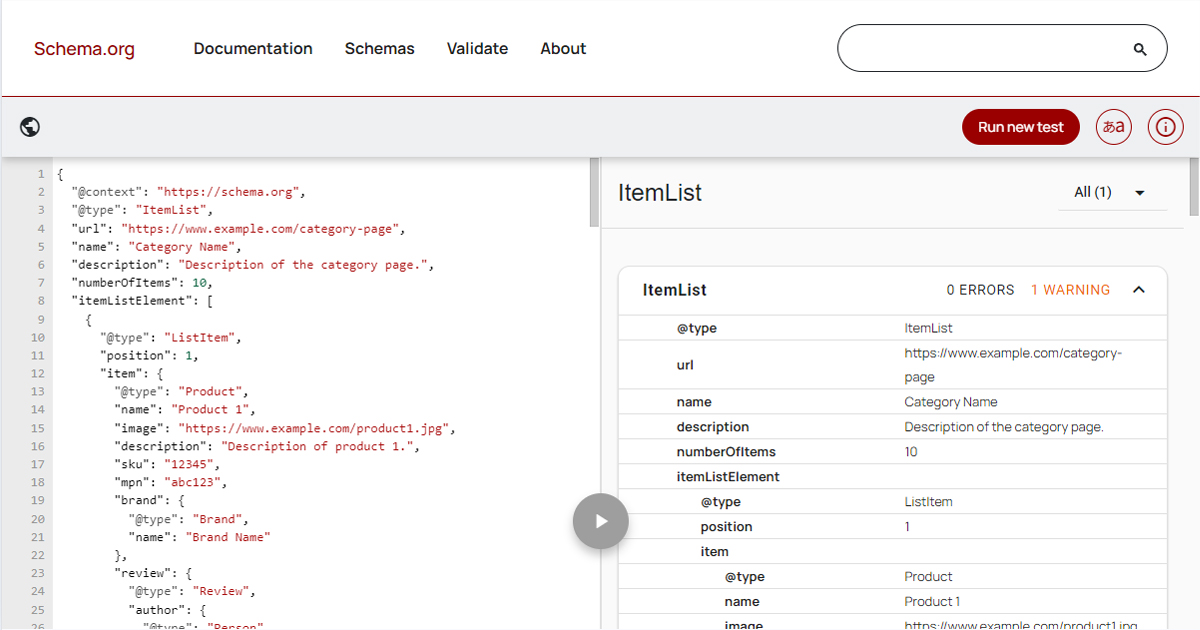
A little background on me, Jon Dingman, and WordPress hosting. I have been building websites since 1999 and I started self-hosting with WordPress in 2004. I have used everything from shared hosting, dedicated hosting, a VPS, managed services, you name it, I have tried it.
In the most recent years, I have been self-hosting on Amazon Web Services (AWS) DigitalOcean, leveraging WordOps and a cluster methodology. And for most of the time, it was working great.
However, more recently, the business needs changed, so the hosting needed to change.
I have been using WordOps for quite some time, and have been quite happy with it. It has its pros and cons like any software does, but I always like to explore what else is out there to be able to compare.
I started looking into other solutions and found SlickStack seemed to be a comparable alternative to WordOps.
My Experience with SlickStack
I ran the install process for SlickStack and found it to be a bit cumbersome, even just getting the configuration in place. I had to delete and start fresh, numerous times on my DigitalOcean droplet.
After about 5 attempts to get it installed, I was finally able to get it installed, configured, and up and running.
I quickly learned though, it was not a straight forward process to install custom extensions into PHP-FPM or Nginx.
This issue, along with primary feature of it that it only supports a single site, led me to go back to WordOps.
Back to WordOps
So back to WordOps I went. An easy install and I was up and running in very little time.
I enjoy the time I get to personally invest in trying out new solutions, new hosting providers, and seeing what others may be coming up with along the way. It also helps me as a Product Manager, to continue testing out “competing” products to see what someone else might be doing better or worse.
All in all, I’m a big fan of WordOps and glad it’s continuing to be developed.
If you have any questions, feel free to let me know in the comments.




Sorry what nginx module did you prefer? What is missing from their Nginx package pls …. and they said traffic load in SS much higher than Wordops what is your opinion? https://blogelegant.com/how-to-install-wordpress-with-slickstack/